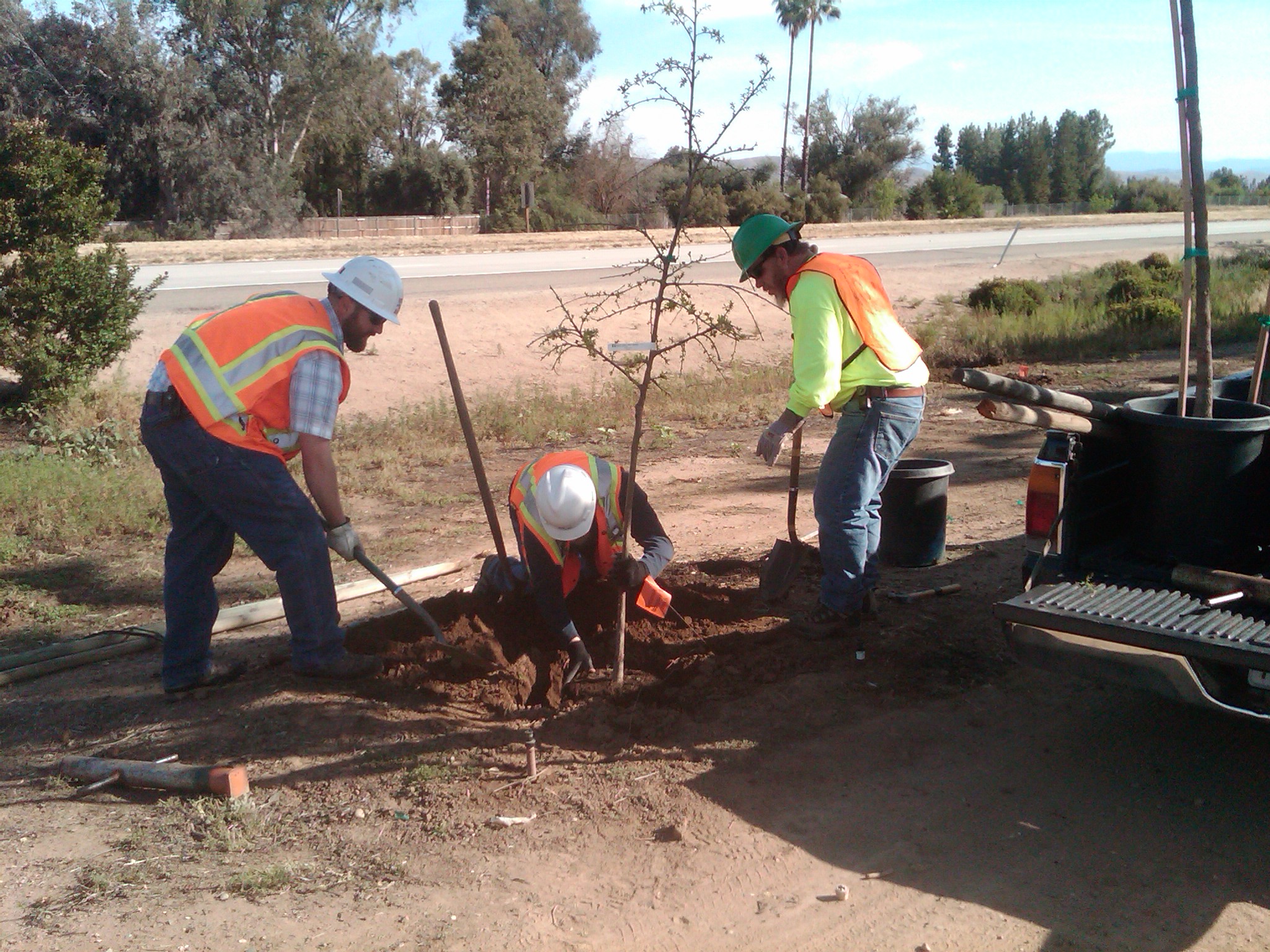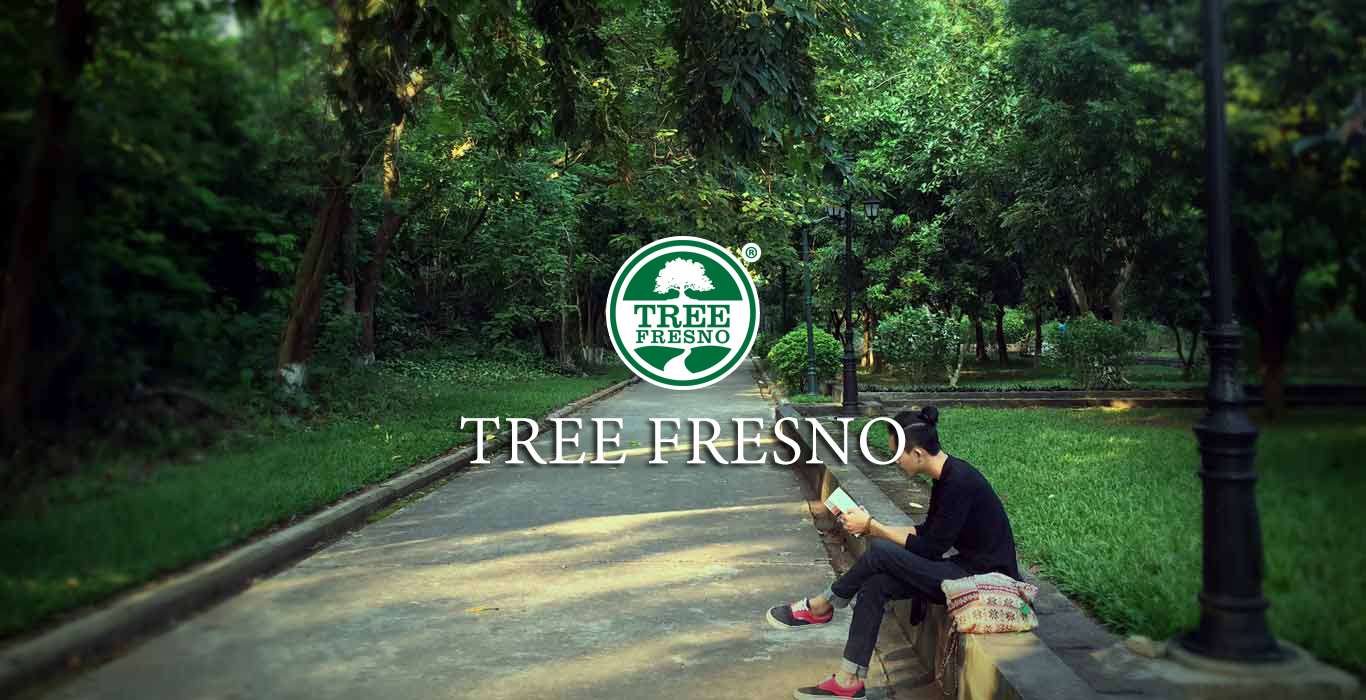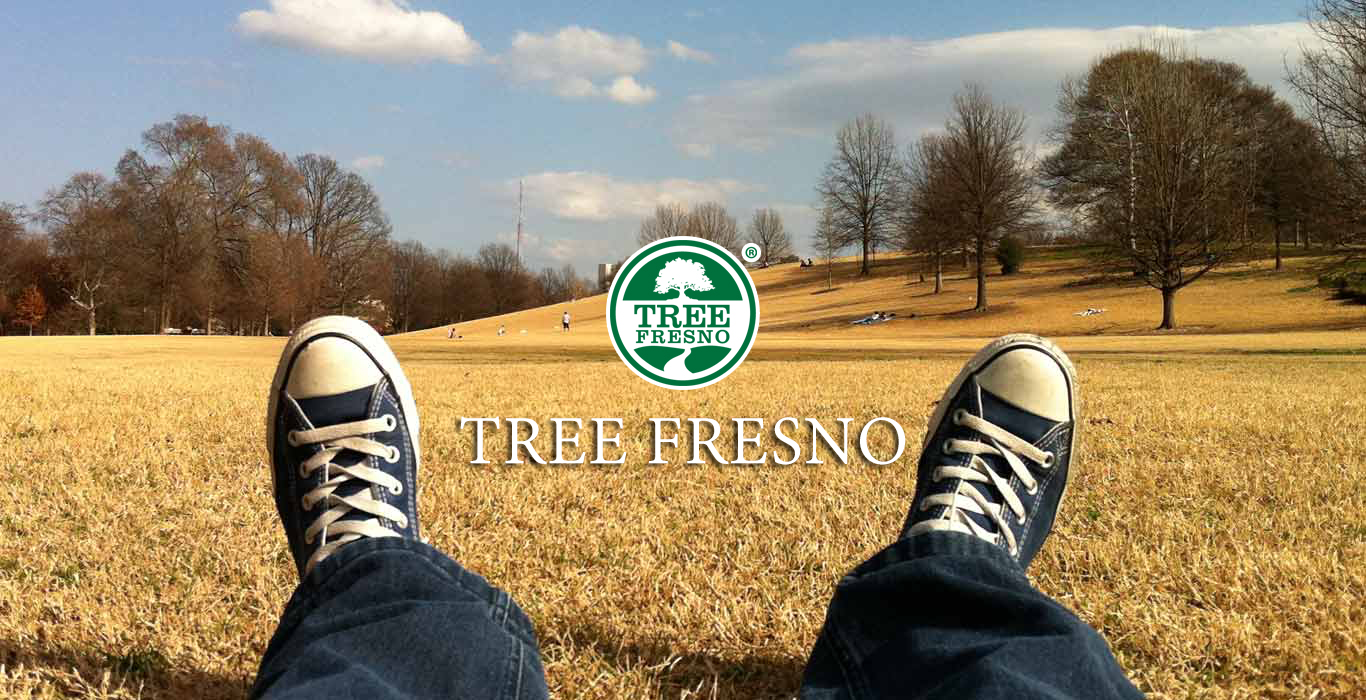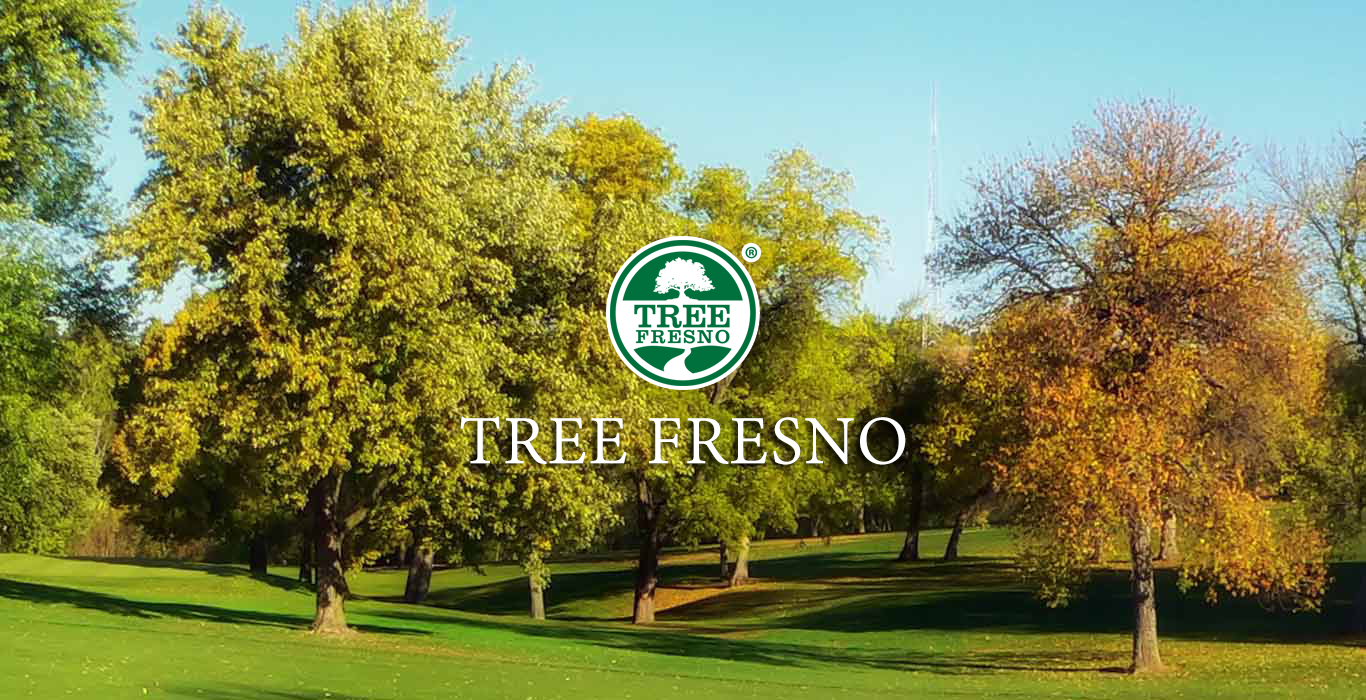
Seems that we are savvy fans of the practical products: the mini computer that is also a phone (previously a phone that could email), shoes that are also skates, bikes that fold up to fit in a suitcase and possibly in our future, a cell phone that can be tossed into the garden and sprout a bright yellow sunflower. Seriously this phone is currently being developed by Pvaxx Research & Development. Add to this list for practical minded urbanite people: a healthy urban forest.
An urban forest is made up of trees in and around the city; the trees around your home are part of the urban forest. A healthy urban forest means that most of those trees are flourishing, not just surviving. Talk about multi-purpose and practical, here is a general list of what a healthy collection of timeless trees can do in a timely world, all at once while they are just doing something ancient- being trees.
Think of a healthy urban forest like a gym, a prevention doctor, a giant air conditioner, an energy saver, a giant air filter, and a classroom. How about an extension of city utilities and city staff. Did you ever think it could be a flood preventor, a crime reducer, a stress reducer. It’s definitately a source of food, a home, a breathe of fresh air and the location of your next picnic. Can you imagine the urban forest as a piece art, a free piece of art. The possibilities are endless.
Urban forestry is methodical. It is the science behind planning, planting, growing and maintaining a healthy urban forest. Urban forestry has been around since people planted trees on purpose but now two top California universities, UC Davis and UC Berkeley offer graduate degrees in the field. While all urban environments end up with trees, be it because they were planted or because they just grew, if it’s not methodical, it’s likely not urban forestry.
Urban forestry has to be methodical about what trees are planted and where. Urban forestry requires tree diversity so that in case one species gets a disease, a whole urban forest would not be lost. Urban forestry organizations like Tree Fresno seek to plant trees that satisfy the citizens, the government, the business owner, the bike riders, buildings, streets,sidewalks, those prone to falling on sidewalks, parents, and law enforcement. Yes, you need some method to compete with the madness (the good kind) of urban demands. When methodical, an urban forest can do all this and more while growing quietly just like they had been before there ever was a city.
While it takes policy and planning on behalf of the government, research on behalf of the universities, how do you see your role in urban forestry?
Nature is everywhere- Take a walk around the places that you spend a lot of time and check out the trees.
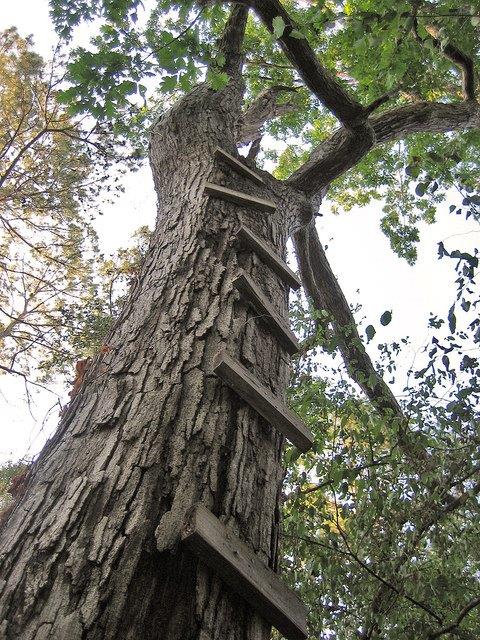
![]() September 8, 2013
September 8, 2013
